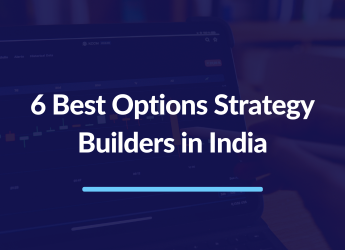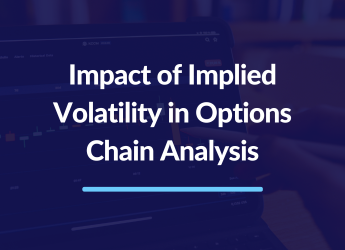In the realm of finance, investors meet two sorts of pricing: spot prices and future prices. Although these prices appear identical initially, the difference between the Spot price and the future price is something everyone interested in investing must understand.
What is Spot Price?
The spot price is the current market value of an item or commodity at a specific time. It is the cost for an investor to acquire or sell an asset for immediate delivery. For example, if an investor wishes to buy a share of Apple stock, the spot price is the amount they would pay if they bought the shares immediately.
What is Future Price?
Futures contracts are agreements to acquire or sell an item at a defined price at a later period. Future prices are often calculated from the spot price and are impacted by various factors, including interest rates, supply and demand, and geopolitical events. The future price, however, shows the market’s prediction of the spot price.

Difference Between The Spot Price And The Future Price
The idea of carrying costs is one of the key explanations for why the spot price differs from the future price. Carrying costs are incurred when an item is stored and held until sold. For example, if an investor buys a barrel of crude oil, they must pay for storage until sold. These carrying costs can be significant, especially for commodities that require specialised storage facilities, such as oil.
By locking in a future price for an item, futures contracts enable investors to hedge against these carrying costs. If an oil producer, for example, is concerned about dropping oil prices, they can sign a futures contract to sell oil at a specified price. The producer can use this contract to lock in a price covering their carrying costs even if the oil spot price falls below the contract price.
Speculation is another aspect that explains the difference between the spot and future prices. Speculators aim to profit from market price swings by purchasing and selling futures contracts. They may not intend to take possession of the underlying asset and instead seek to benefit from fluctuations in market pricing.
Speculation in the futures market can cause price distortions. Investors may bid up the price of a futures contract based on their assumptions of future price fluctuations. This might lead the future price to differ from the spot price because investors may be ready to pay a premium for a futures contract that they feel will appreciate over time.
Market expectations and emotions can impact the difference between the spot price and the future price. For example, suppose investors anticipate that a specific commodity or asset will be in great demand. In that case, they may be ready to pay a higher price for a futures contract to secure future supply. This might cause the future price to rise relative to the spot price because investors are ready to pay a premium to ensure future access to the asset.
Conclusion
Finally, the distinction between spot and future pricing is a key notion for investors. While the spot price indicates an asset’s current market worth, future prices represent the market’s anticipation of the spot price. Carrying expenses, speculation, and market expectations can all contribute to the disparity between spot and future prices. Understanding these characteristics allows investors to make educated decisions about whether to purchase or sell futures contracts and how to limit their exposure to market price changes. Explore spot the price and the future price in detail with Stolo Option Trading Platform.

